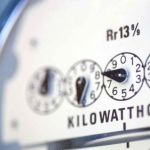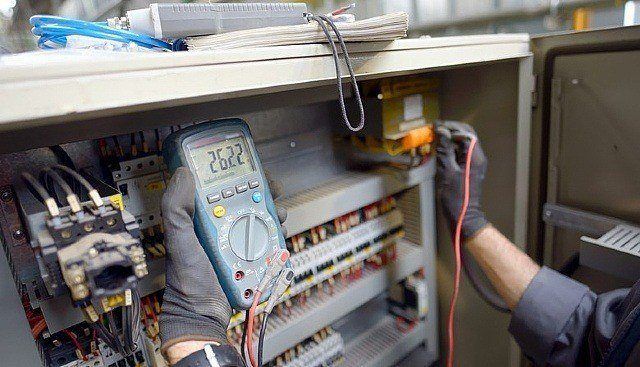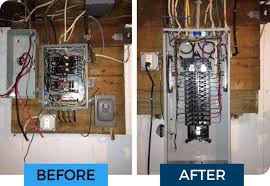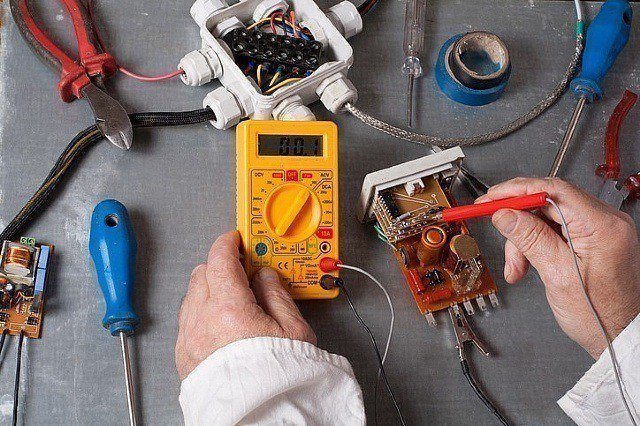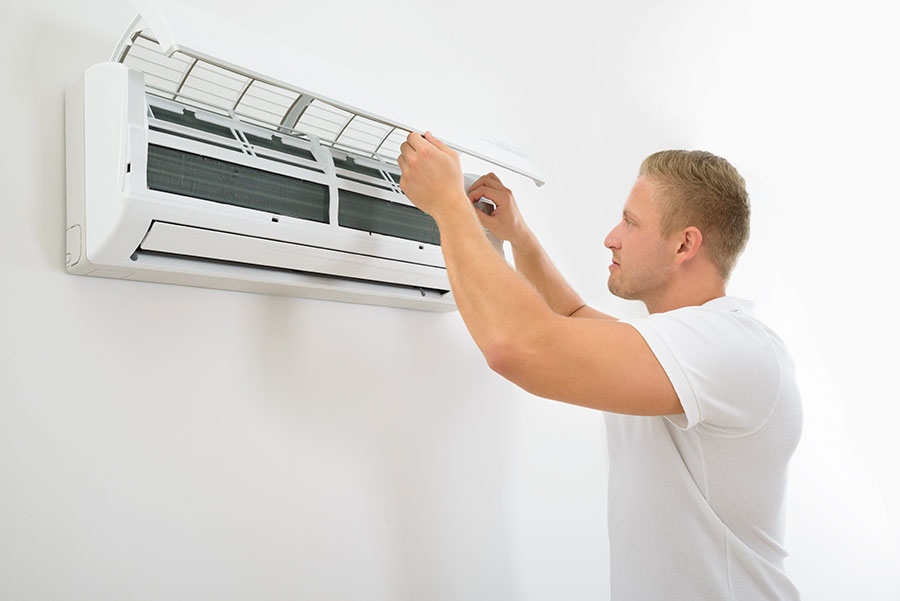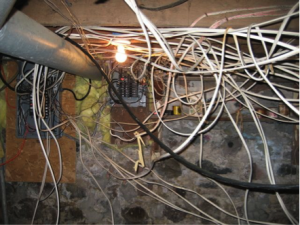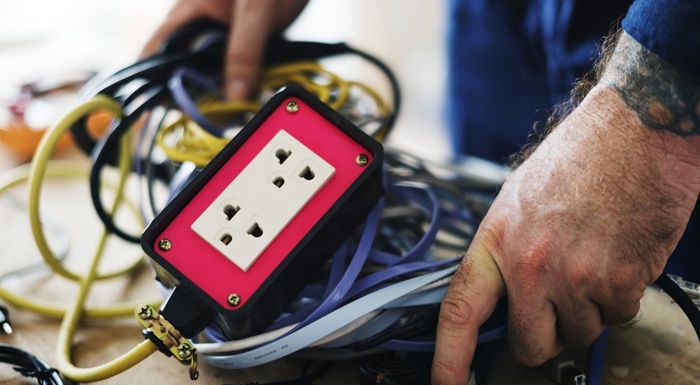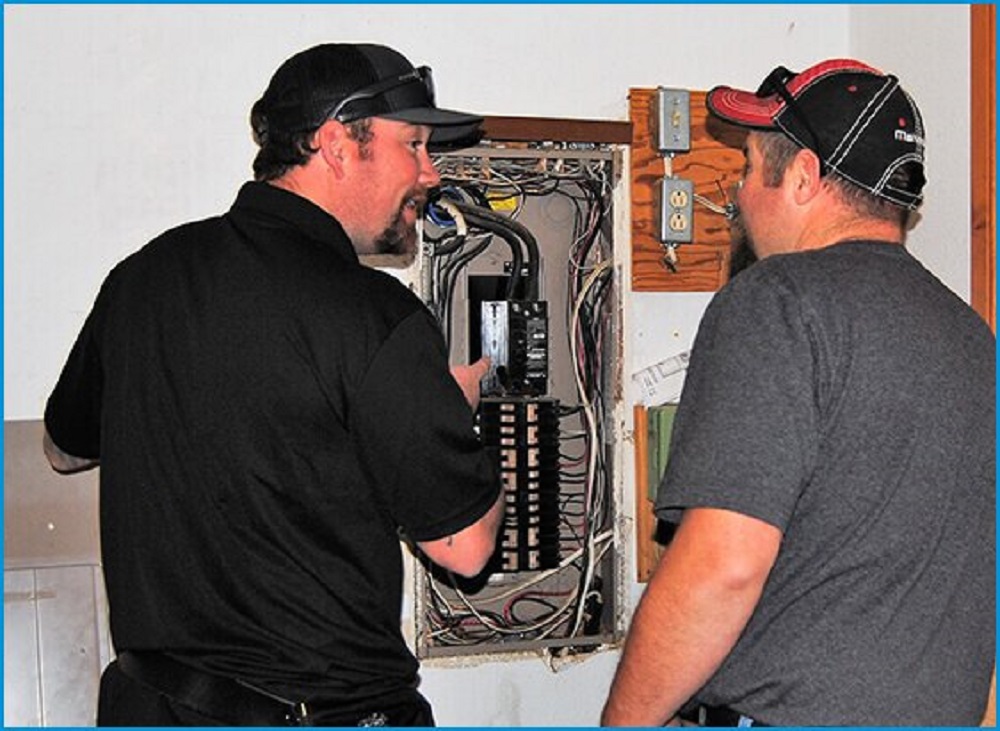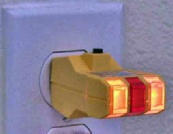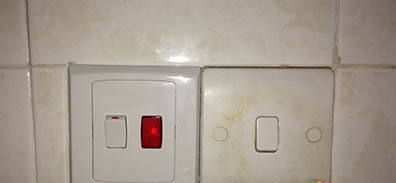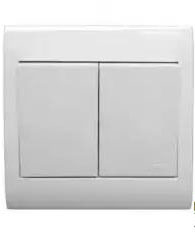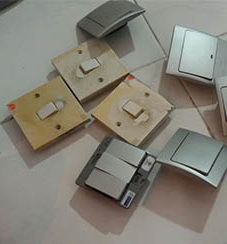Keep Your Family Safe From Faulty Wiring
We live in a do-it-yourself era, and many homeowners want to take matters into their own hands. As electricians, we understand the satisfaction that comes from solving a problem. But when it comes to the safety of your home’s electrical system, you should never take chances
DO YOU NEED A COMMERCIAL ELECTRICAL CONTRACTOR?
Not every electrical contractor can handle the demands of a commercial property. Commercial electrical projects often require far greater expertise than the typical electrical installations and repairs found in the home. Whenever your business has an electrical issue, you need professionals with:
Experience serving commercial properties
A dedication to top-notch customer service and professionalism
The ability to act quickly so you can get back to business
commercial electrical contractor understands that when you have an issue with your power, you’re losing profits. Choose a commercial electrician who can get you up and running as soon as possible. We also offer comprehensive generator services, including generator installation services.
MEET YOUR ELECTRICIANS
locally owned and operated company that values honesty and integrity. You can trust us to:
Treat your home with respect
Offer competitive pricing
Pay close attention to every detail
Need More Power?
When your home was built, no one had any idea how much energy modern homes would use. Older electrical systems aren’t equipped to manage the amps you need to power all your appliances, lighting and HVAC system.
ADVANTAGES OF GETTING AN ELECTRICAL PANEL UPGRADE
Is it really worthwhile to upgrade your circuit box? When you do, you’ll get:
More amps: Draw more energy into your home without the danger of tripping a circuit or blowing a fuse.
More circuits: Your new panel can include more circuits than your old box, letting you use more appliances safely.
More options: Additional circuits and more power means you have more control over your home’s electrical system.
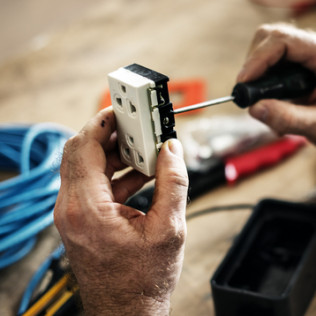
Commercial Electrical Services
dedicated to providing our customers with top quality workmanship in a friendly and professional manner as we strive to make every customer a customer for life. We take pride in being a company that grows through success and customer referrals. We have the knowledge, skill and man power to service your electrical needs. No job is too large or too small. We provide electrical installation and wiring for new construction, remodels / renovations, service work and repairs.
a large volume of our work has been drug stores, strip mall centers, banks and professional offices. We have done numerous Eckerd, Walgreens, and CVS Drug stores.
have also done a few RBC Centura and Washington Mutual banks. Other work by our company has included post offices, restaurants, and offices for medical, dental and legal professionals, self-storage facilities and machine shops.
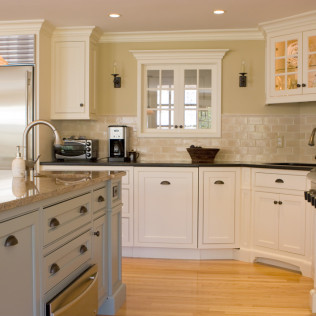
Electrical Contractor
Remodeling your home is an exciting opportunity to breathe new life into an outdated space and even increase the resale value of your home. Whether you’re considering doing much of the work as a DIY project or you’re working with a contractor to consider opening up walls or how you can increase counter space in your kitchen
Why Your Remodel Needs an Electrical Contractor
If your remodel is more involved than painting and changing out flooring, it’s important to work with a licensed electrical contractor to help you as you make changes to your home
Many remodels include the following projects:
Removing walls to open up space
Changing the functionality of a room or area
Adding additional interior lighting or updating existing lighting
Moving locations for appliances or updating appliances
Replacing and removing bathroom light fixture
Updating bathrooms to include more sinks and more spacious bathtubs
Creating a home office space
These projects can all benefit (or simply require) the assistance of an electrical contractor. With our services, we can improve the safety and effectiveness of your remodel by:
Running a full electrical safety inspection to ensure your home can handle your remodel plans.
Update faulty wiring and provide rewiring that allows you to open up space and run new components through your home.
Designing and installing updated electrical systems for large-scale remodels.
Updating and installing outlets in kitchens and bathrooms to be GFCI-capable.
Adding additional switches and outlets to improve the convenience and functionality of your home.
Updating your electrical panel and circuit breakers.
Installing all types of interior lighting and providing ceiling fan installation
Installing energy-saving outdoor lighting
Track lighting troubleshooting
Why Choose Us for Your Electrical Contractors
Experience and dedication, we ensure that all tasks are done with the highest quality of workmanship, whether it’s simply installing outlets and ceiling fans to designing and installing complex electrical systems.

Electrical repair and remodeling services
have teams of licensed electricians who specialize in troubleshooting electrical problems and helping customers evaluate and upgrade the wiring systems in their homes, offices, or industrial buildings. We have earned multiple Gold Star Ratings from the Better Business Bureau because we consistently meet the needs of our customers on time and on budget. Whether you have a broken outlet in your home or are retrofitting a large industrial building, you can be sure that our electrical repair team will accurately troubleshoot any concern and recommend the best course of action, the first time.
A licensed electrician will be there to receive your call and address your issue as soon as possible. If you see any sign of electrical troubles in your home or business, give us a call right away so we can assess the issue and get it fixed.
Residential Electrical Repair and Remodeling Services
We offer a wide array of residential upgrades and electrical repairs that will quickly improve the safety, security, and performance of your home electrical systems and get them up to code:
Specialty receptacles like GFCIs, tamper resistant outlets, and Hubbell USB chargers
Transient Voltage Surge Suppression (TVSS) to protect expensive electronics and appliances
Life safety devices like smoke alarms and carbon monoxide detectors
Aluminum wiring repair
Home panel inspections
Home lighting and ceiling fan installations and upgrades
Commercial Electrical Repair and Remodeling Services
When it comes time to upgrade or repair outdated or faulty electrical systems at your business has a licensed team devoted to commercial electrical repair and troubleshooting. We have experience working with retail locations, hotels, recreation and sports facilities, schools, and more. No matter what kind of business you have, our services will keep your customers and employees safe and your costs down:
Preventative maintenance
Shock, surge, and fire prevention devices
Circuit upgrades and inspection
Parking lot lighting
Elevator power upgrades
Specialty receptacles like GFCIs, 240-volt outlets, rotating outlets, etc.
Advanced troubleshooting solutions
Industrial Electrical Repair & Remodeling Services
We recognize the unique challenges of keeping an industrial facility running at peak efficiency and reliability. Having worked with chemical plants, manufacturing plants, and more, our licensed and experienced Plant and Facility Services team is sensitive to the complicated demands of industrial buildings, and they excel at troubleshooting and upgrading industrial electrical systems with the least amount of interruption possible. Here are some of the industrial electrical services we provide:
Preventative maintenance
Manufacturing equipment repair
Oil and Gas facility specialization
Life safety system upgrades or repairs
Motor control maintenance or repair
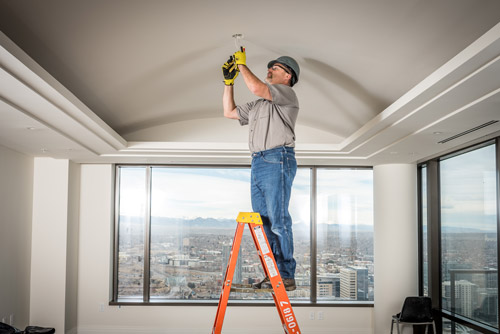
COMMERCIAL ELECTRICAL
When you need electrical services for your business, you need professionals who are knowledgeable, courteous, and fast don’t lose out to the competition when something goes wrong with the electricity in your commercial building.
Today’s businesses rely on power more than ever. Companies with higher usage loads require more durable and powerful equipment. There should be no time when your business suffers because you are without power.
Because you could be liable for problems that affect your customers, it’s of the utmost importance that every aspect is installed correctly and triple-checked for accuracy. We can ensure that your installation is safe and wired correctly, so you can get back to what matters – running your business.
Electrical Services, we understand how vital proper handiwork and equipment are. All our staff members are well trained and experienced in commercial needs. They have the necessary skills to complete the job quickly and efficiently, so you take care of your customers and their needs.
One reason so many businesses love us is that we don’t keep them in the dark about pricing. We offer free estimates on all our installations, and we believe honesty matters. We understand how important it is to have a budget for your project, so we’ll look at your needs to give you an in-depth breakdown of your costs and the project completion time. We don’t leave you in the dark – literally or figuratively.
Some our services include, but aren’t limited to:
Upgrading to high-efficiency lighting
Installing dimming systems
Generalized energy management
Wiring and fixture service upgrades
General electrical needs
Thorough electrical safety audits
LEED
